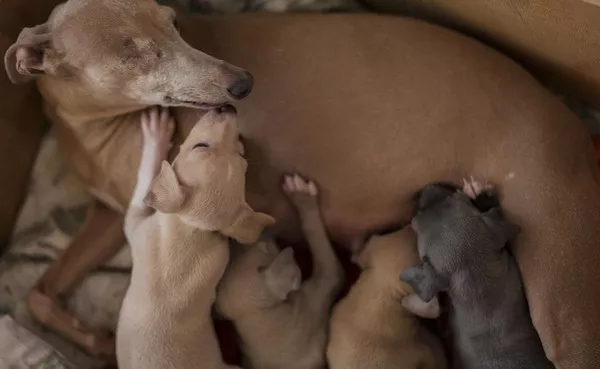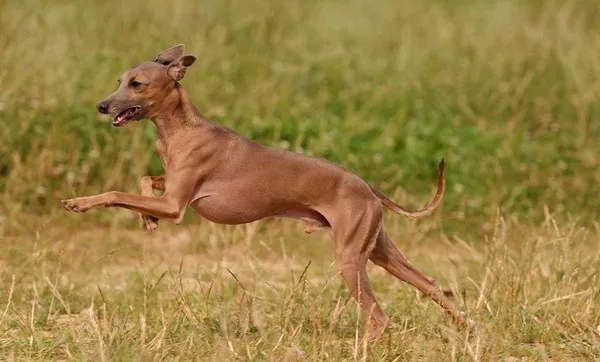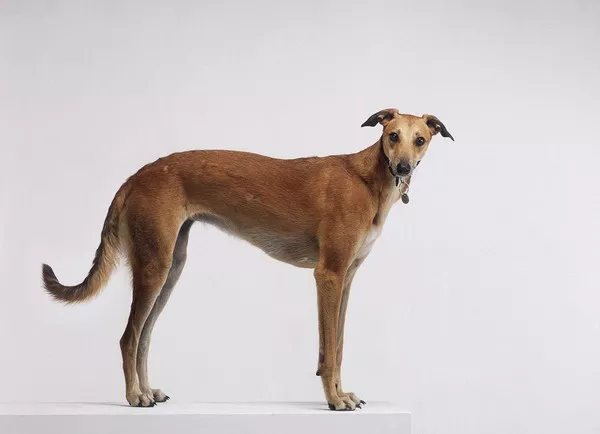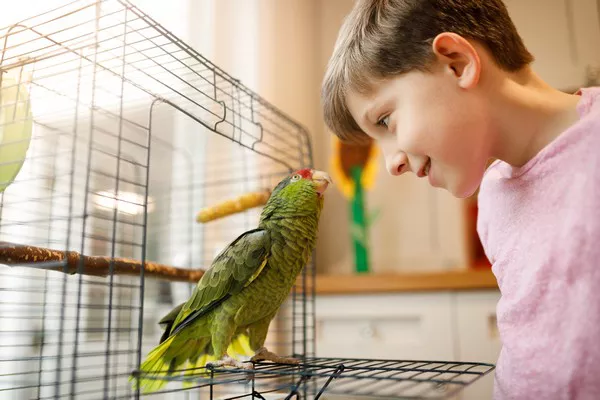Foxhounds, renowned for their historical role as hunting dogs and their distinctive, athletic build, are a beloved breed among dog owners and outdoor enthusiasts alike. Known for their keen hunting instincts, intelligence, and friendly demeanor, these dogs make excellent companions for active families and individuals who enjoy outdoor activities. However, like all dogs, Foxhounds come with certain maintenance needs that potential owners must consider—one of the most important of which is shedding.
In this article, we’ll explore whether Foxhounds shed a lot, what you can expect from their coat, how to manage shedding, and overall grooming requirements. This guide will help prospective Foxhound owners make informed decisions about the breed’s grooming and care needs.
What Is a Foxhound?
Before delving into shedding specifics, let’s take a brief look at the Foxhound breed itself. Foxhounds are part of the hound group of dogs, historically bred for hunting foxes in packs. Their agile and athletic bodies, combined with a powerful sense of smell, made them essential partners for hunters. Today, Foxhounds can be found in both the American Foxhound and English Foxhound varieties, though they share many similarities in terms of temperament, build, and care requirements.
Foxhounds are medium to large dogs, with males typically weighing between 65 to 75 pounds and females between 55 to 65 pounds. They are known for their stamina, intelligence, and good nature, making them popular pets in both rural and suburban homes. Due to their historical role in hunting, they often possess a high energy level and require regular physical exercise and mental stimulation.
The Foxhound Coat
One of the key characteristics of the Foxhound’s appearance is its coat. These dogs have a short, dense, and weather-resistant coat that serves them well in a variety of outdoor conditions. The coat is typically made up of a combination of short hairs that lie flat against the body, giving them a sleek and streamlined look. Foxhounds usually have a coat in a tri-color pattern, consisting of combinations of black, white, and tan, though there are also variations in color among individual dogs.
Do Foxhounds Shed?
Foxhounds are known to shed, but they don’t shed excessively compared to other breeds. They do, however, undergo periods of moderate shedding, particularly during seasonal transitions—such as in spring and fall—when they shed their old fur to make way for new growth. This shedding cycle is quite common among dogs with short coats and is influenced by factors such as temperature, daylight, and overall health.
In general, Foxhounds shed less than some of the heavier-shedding breeds, such as German Shepherds or Huskies, which have much thicker undercoats. However, this does not mean that Foxhounds are hypoallergenic or non-shedding dogs. Their shedding is just more manageable for most people, especially when proper grooming routines are followed.
Factors That Influence Shedding in Foxhounds
Several factors can influence how much a Foxhound sheds at any given time. These include:
Seasonal Changes: Foxhounds typically shed more during the spring and fall when their coat changes to adapt to the warmer or cooler temperatures. In the spring, they shed their winter undercoat, while in the fall, they prepare for colder weather by growing a thicker coat.
Diet and Health: A dog’s diet plays a significant role in the health of its coat. Poor nutrition, stress, or underlying health issues can cause excessive shedding or a lack of luster in the coat. A balanced, high-quality dog food can help promote a healthy, shiny coat and may reduce shedding to some extent.
Age and Hormones: Like many other breeds, Foxhounds may experience more shedding as they age. Additionally, hormonal changes—such as those related to spaying or neutering—can affect shedding patterns. Female dogs in heat or pregnancy may experience fluctuations in shedding as well.
Climate and Environment: Dogs living in extreme temperatures—whether hot or cold—tend to shed more to regulate their body temperature. For example, a Foxhound living in a warmer climate may shed more frequently than one living in a cooler region.
Stress and Anxiety: Stress can trigger hair loss in dogs, and Foxhounds are no exception. Dogs that are stressed, anxious, or experiencing changes in their environment (such as a new home, a change in routine, or the introduction of a new pet) may shed more than usual.
How Much Do Foxhounds Shed?
Foxhounds generally fall into the category of moderate shedders. You will likely notice hair on your furniture, clothes, and in the air, but the shedding is not as noticeable as it would be with a breed that has a double coat, such as a Golden Retriever or Siberian Husky. Most of the time, Foxhounds shed evenly and subtly throughout the year, but there are periods when they will shed more noticeably, particularly during seasonal changes.
On average, a Foxhound will shed moderately throughout the year, but the intensity of the shedding will increase in the spring and fall. During these times, you might notice clumps of hair around the house and on your dog’s bedding. These bursts of shedding are natural and temporary, and they usually subside once the coat transitions into its seasonal configuration.
Grooming a Foxhound: How to Manage Shedding
One of the best ways to manage shedding in Foxhounds is through regular grooming. Although their short coats are relatively easy to maintain compared to longer-haired breeds, Foxhounds still require attention to minimize shedding and keep their skin and coat healthy.
Here are some grooming tips that can help keep shedding under control:
1. Brushing Your Foxhound’s Coat
Regular brushing is the most effective way to manage shedding. Foxhounds don’t need extensive grooming like long-haired breeds, but brushing once or twice a week will help remove loose hair and prevent it from accumulating on furniture and floors. During peak shedding seasons (spring and fall), you may want to brush more often—perhaps three to four times a week—to keep the coat in good condition.
A rubber or bristle brush works well for Foxhounds. The rubber brush will help capture dead hair, while a bristle brush will smooth the coat and distribute natural oils, giving the fur a shiny, healthy appearance.
2. Bathing Your Foxhound
Regular baths aren’t necessary for Foxhounds unless they get particularly dirty from outdoor activities. Bathing too often can strip the coat of its natural oils, leading to dry skin and an increase in shedding. However, if your Foxhound is shedding more than usual, a bath can help remove excess hair and keep the coat clean and healthy. Be sure to use a dog-specific shampoo that is gentle on the skin.
Bathing your dog once every 6 to 8 weeks is generally sufficient, but during shedding periods, you may bathe them more frequently if desired.
3. Feeding a Healthy Diet
A high-quality, balanced diet is crucial to maintaining your Foxhound’s overall health, including the condition of their coat. Protein-rich foods are important for healthy hair growth, and fatty acids like omega-3 and omega-6 can help reduce shedding and improve the shine of your Foxhound’s coat. If your Foxhound’s shedding seems excessive or if you notice bald spots, consider consulting a veterinarian to ensure there are no underlying health issues.
4. Keeping Your Foxhound Hydrated
Adequate hydration is essential for healthy skin and coat. Make sure your Foxhound has access to fresh water at all times, especially during hot weather when they are more prone to dehydration. A hydrated coat is less likely to become dry and brittle, which can contribute to excessive shedding.
5. Managing Stress and Anxiety
If your Foxhound is shedding due to stress or anxiety, it’s important to address the root cause of the stress. Providing a stable and consistent environment, along with plenty of physical and mental stimulation, can help keep your dog calm and reduce stress-related shedding. If needed, consider working with a professional dog trainer or behaviorist to help alleviate any anxiety your Foxhound may be experiencing.
Foxhounds and Allergies: Is Their Shedding Problematic?
While Foxhounds are not hypoallergenic, they shed much less than other breeds with longer or thicker coats. For individuals who are mildly allergic to pet dander, a Foxhound may be a more manageable option than a breed that sheds heavily. However, for people with severe allergies to dog dander, any breed that sheds—including Foxhounds—could potentially cause allergic reactions.
If allergies are a concern, it’s important to establish a regular cleaning routine in your home to minimize allergens. This includes vacuuming frequently, using air purifiers, and wiping down surfaces to remove pet dander.
Conclusion
In conclusion, Foxhounds are moderate shedders with a manageable grooming routine. While they do shed, particularly during seasonal changes, their short coats make their shedding easier to handle than that of longer-haired breeds. Regular brushing, occasional baths, and a healthy diet are all that’s required to keep shedding under control. Foxhounds are a great option for active individuals or families who don’t mind doing a little extra grooming but aren’t looking for a breed that requires extensive maintenance.
As with any breed, it’s essential to consider the overall grooming, exercise, and emotional needs of the Foxhound before bringing one into your home. With the right care, your Foxhound will thrive and remain a loyal, loving companion for many years to come.
Related Topics:



















